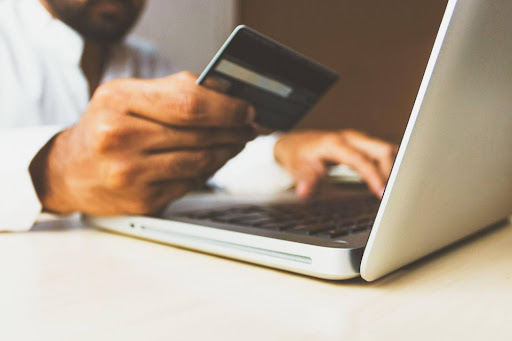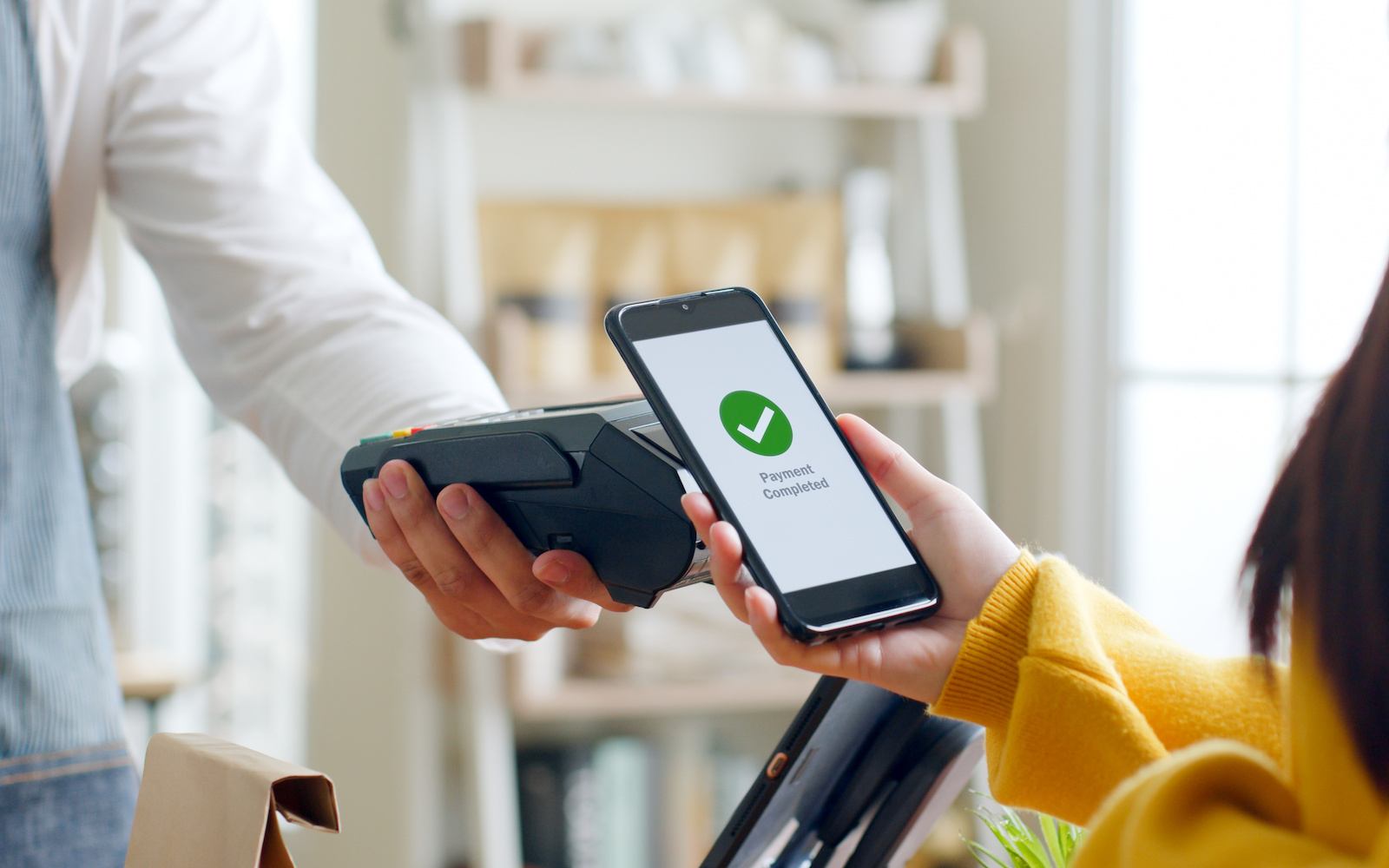Credit card purchases are now the most prevalent method of payment. But as the number of internet payments grows, so does the number of fraudsters – who harm secure payment processing. Data hackers are constantly on the lookout for weak payment processing points, and they have a wealth of experience about how emerging technology operates.
Lately, our purchasing preferences have changed. eCommerce has numerous advantages, but it still provides fresh cyber-criminals opportunities to steal our confidential and financial information.
As a retailer, it’s crucial for you to do everything possible to make sure that your customers experience secure payment processing on your website. Customers usually do not have the option of selecting their payment portal, but it is up to you to make the right decision for them.
What is Secure Payment Processing?
When customers trust the internet to pay for a product or service, they trust the vendor. They want to ensure proper handling of their money, with the rightful products or service they deserve.
Merchants must use a payment processing system that meets the below-mentioned security requirements and adhere to the privacy policy. Customers must still be responsible when making payments by reviewing the platform before making a purchase.
They must never exchange personal details such as CVV, passwords, or PINs unless handled safely by an authenticated payment page’s checkout.
How to ensure the website will provide Secure Payment Processing
Customers can keep an eye out for the signs below to ensure their payment processing is handled safely. Remember that these just indicate that the platform is secure, not that the seller is trustworthy.
- A padlock icon should appear next to the website address in the address bar.
- The website address should begin with https://. The letter S stands for secure.
- Color address bar – The address bar of specific browsers and websites may switch green.
- Valid certificate – You can see details on the site certificate if you press the padlock icon or just to the left of the address bar. This should reveal who has signed up for the platform. Avoid the page if you get a certificate notice.
Five Things That Show Secure Payment Processing

Tokenization
Tokenization substitutes a dynamically produced string of characters for confidential details, lowering the probability of a data breach. Using a token that reflects a valid credit card number is one of the most potent security strategies.
When a transaction is authorized, the information is transmitted to a centralized server and safely processed. A merchant’s machine receives a unique number at the exact moment. Payment Processing will then use the token in place of the card’s details in subsequent transactions, such as for one-click purchases.
One can reduce payment and ensure secure payment processing when using a portal that uses tokenization.
Anti-Fraud Aids
Fraud detection tools scan any transaction (automatically or manually) with appropriate software, making it simpler to detect and remove all alleged fraudulent activities.
Furthermore, while looking for a payment portal, look for one that offers excellent customer service. It’s critical for your company because you need to quickly reach the payment processor in the event of a problem.
To summarize, when selecting a payment gateway for your website, make sure it has the following features:
- Level 1 PCI
- Whether they use HTTPS for data encryption or not?
- 3D Security
- How is confidential information safeguarded?
- What methods do they use to detect and deter fraud?
- Ways of getting prompt assistance in the event of a scam.
To conduct safe purchases, both retailers and customers must adhere to certain specific guidelines. Online merchants must use encrypted payment systems, delete credit card information after completed purchases. They can also implement a privacy policy to ensure that consumers know the information gathered during the payment phase.
Customers must, however, exercise caution and double-check the website before making a purchase. They can also fill out the payment form with necessary information (such as card specifics and billing address) and never submit a scan of their IDs or a copy of their credit card.
PCI
Accepting purchases on the website requires PCI compliance. The Payment Card Industry Data Security Standards (PCI DSS) provide merchants with recommendations that outline what they must do to protect confidential data during payment processing.
If a retailer trusts the best payment processor, they would not need to be PCI compatible (one with PCI level 1). He or she may depend on the payment gateway to adhere to industry-wide security requirements. It’s worth noting that PCI needs data encryption.
3D Secure
3D Secure is an extra layer of authentication that aids in avoiding theft in debit and credit card purchases. In other words, anytime an online shopper wishes to make a purchase, he or she produces a safe password for the payment card.
This password is used to make the purchase. The password checks any transaction to provide an extra layer of security. The question of a customer’s payment processing being safe gets easy here.
SSL (secure sockets layer)
To interact safely over the internet, encryption is required: if your data is not protected, someone may examine your packets and read sensitive details. Asymmetrical cryptography is the simplest way of encryption; it takes two cryptographic keys — bits of code, typically vast numbers — to function correctly, one public and one private.
The arithmetic is complicated, but in general, you can encrypt data using the public key, but you’ll need the private key to decrypt it. The two keys are connected by a complicated mathematical method that is difficult to decipher using brute force.
Consider the public key to address a secure mailbox with a slot on the front and the private key to be the key that opens the mailbox. Anyone who knows where the mailbox is can leave a note in it, but only the secret key allows someone to read it.
Final Words
With technology taking over the functionality of all realms of merchandising, it is both the customer’s and the vendor’s duty to ensure secure payment processing. It is imperative to be aware of the signs that ensure the same.




